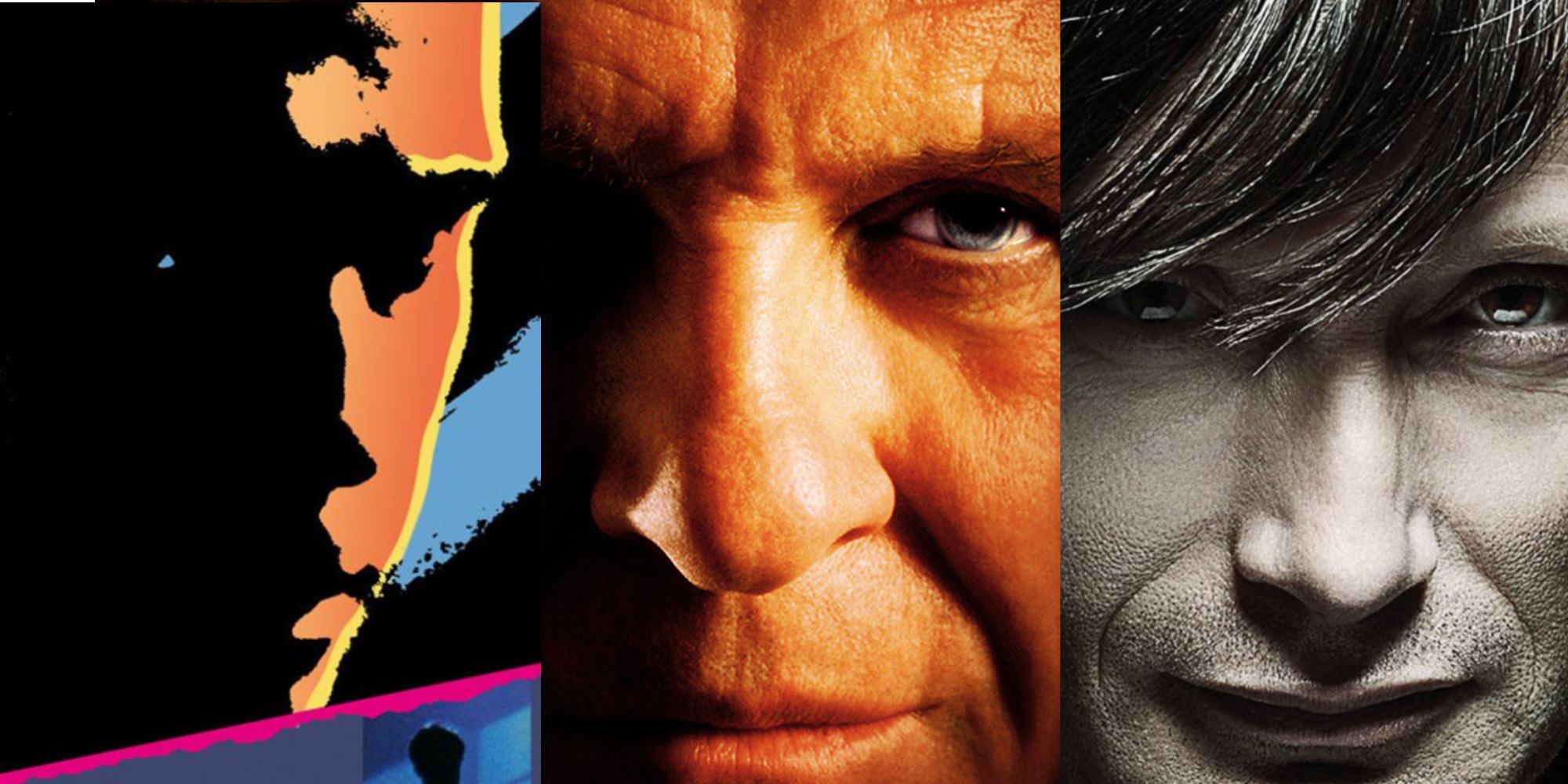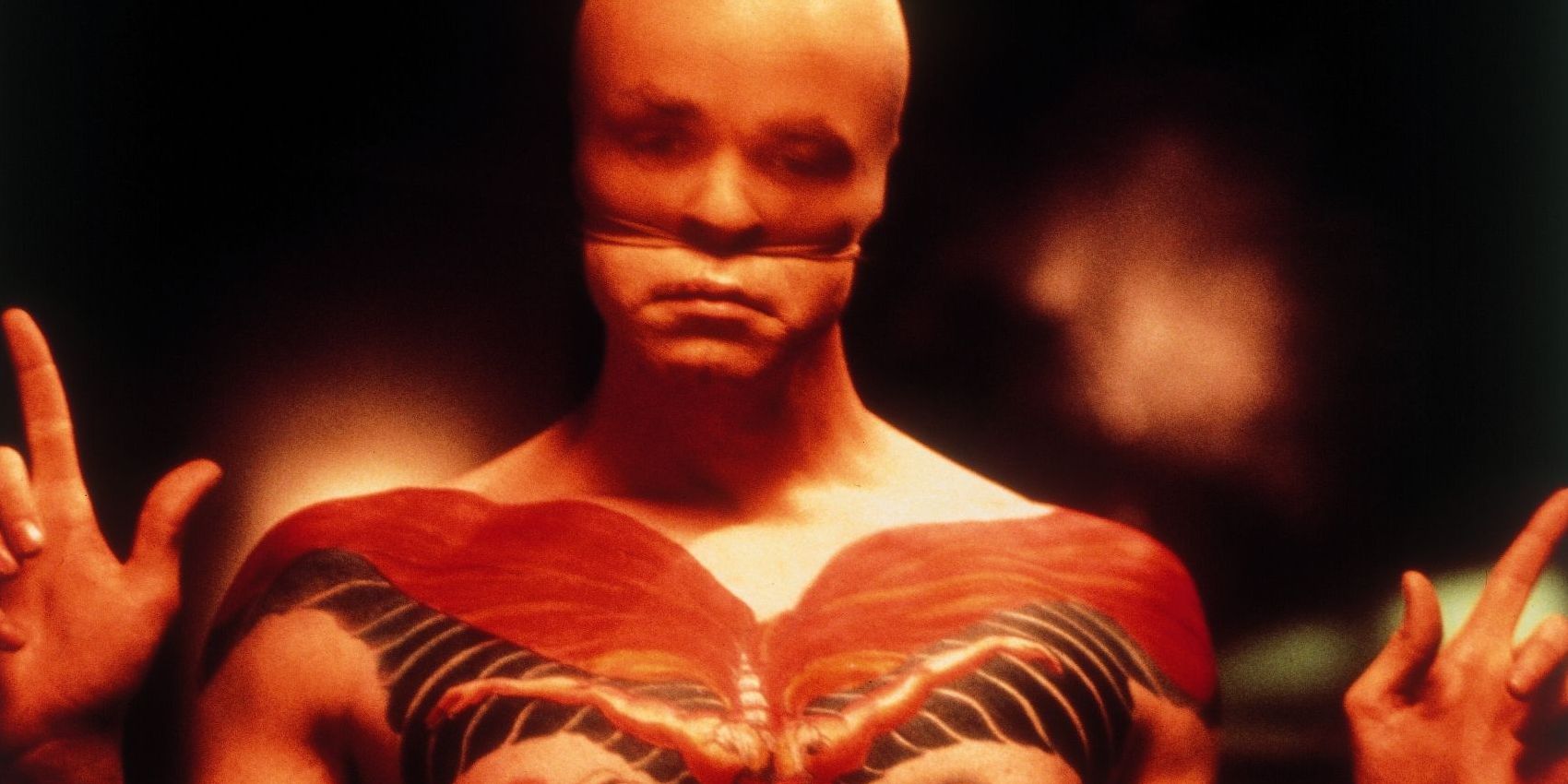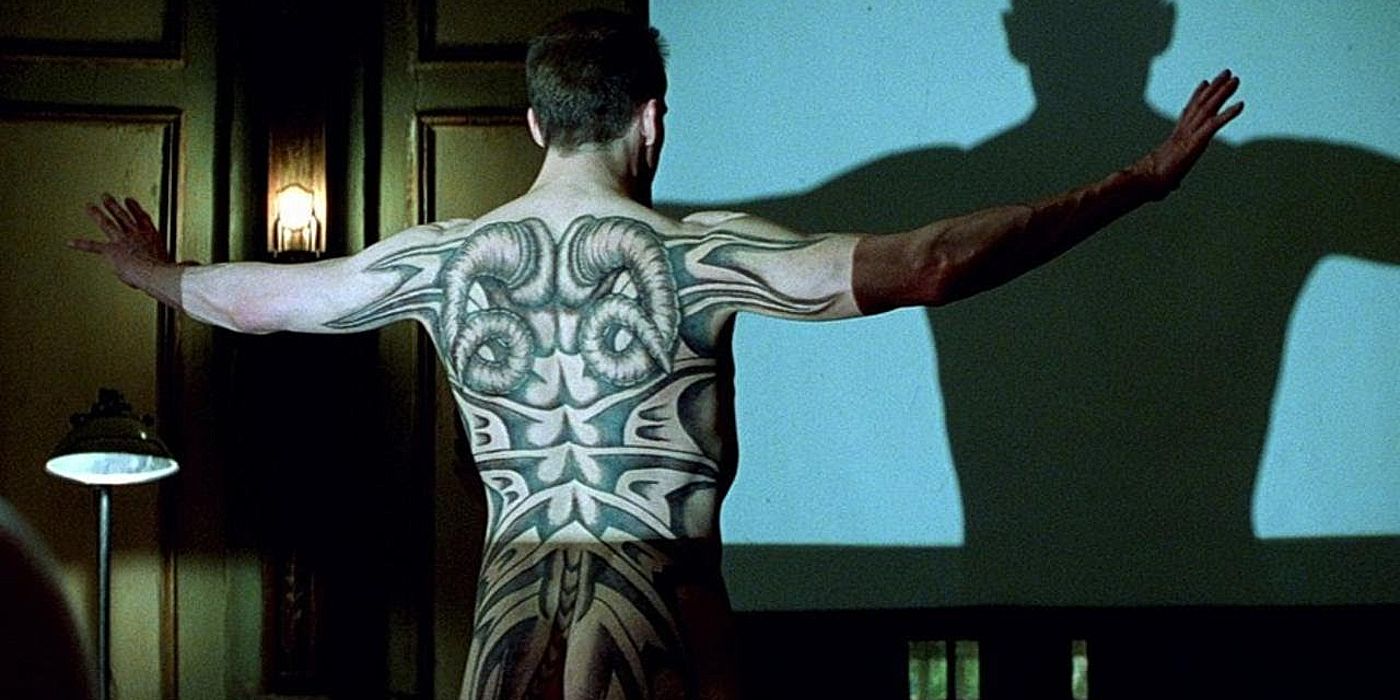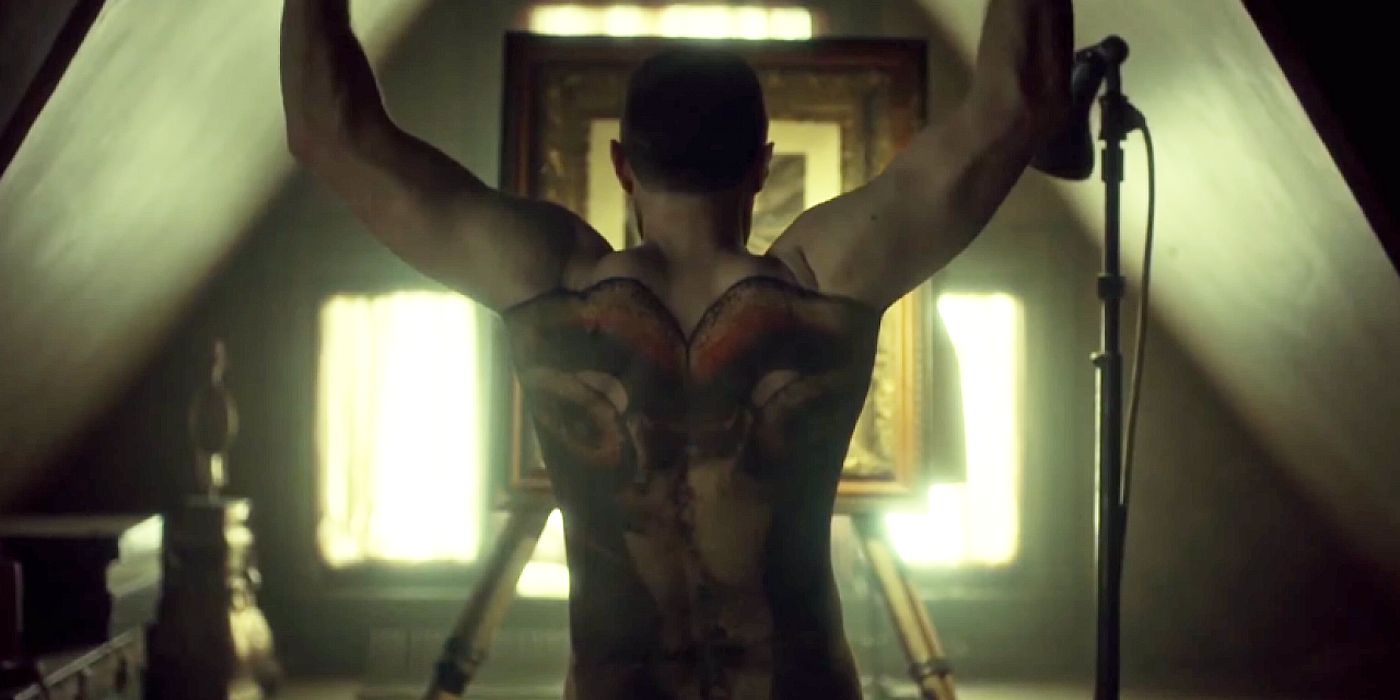Red Dragon has been adapted to the screen - both in movies and TV - no less than three times. The story holds a unique spot in the pantheon of Hannibal Lecter stories for the strange and confusing way its legacy entered popular culture. Thomas Harris' novel that first introduced the demented but brilliant Dr. Lecter was adapted for the screen on three separate occasions, all with notably different interpretations. Despite not being as widely popular as The Silence of the Lambs, the influence of Red Dragon on the "Lecter-verse" is a significant reason for celebrating the icy thriller for all its faults and accomplishments.
Harris' novel follows FBI profiler Will Graham, who is gifted with impeccable investigative abilities allowing him to understand the minds of serial killers, as he consults Dr. Hannibal Lecter to help track down the grisly murderer dubbed "The Tooth Fairy," the alias of Francis Dolarhyde. Both the narrative and the 1981 year of publication precede the more recognizable The Silence of the Lambs, which was released in 1988 as a direct sequel novel, despite it coming first in the Anthony Hopkins movie franchise. Due to the immense critical success and cultural impact of Jonathan Demme's classic horror-thriller film, though, audiences have widely accepted Silence as the definitive Hannibal Lecter tale.
The fact that the gateway Lecter film is based on the sequel to the first literary appearance of the character makes the history of Red Dragon somewhat confusing. The underrated Manhunter, written and directed by Michael Mann, was released in 1986, five years before the film version of The Silence of the Lambs, and is a direct adaptation of Harris' crime thriller despite its difference in name. Brett Ratner also directed a Red Dragon adaptation that was released in 2002 and is more closely connected to Silence as well as its sequel Hannibal. Finally, elements of the unconnected television show Hannibal are strongly based on Red Dragon, especially the latter half of season 3.
Manhunter (1986)
Manhunter, a detective thriller that received tepid reviews upon release, has more recently been re-evaluated as a bold and artistic predecessor to future Thomas Harris adaptations. The name change from the title of the novel is due to the popularity of martial arts films at the time, especially producer Dino De Laurentiis' own Year of the Dragon, but this didn't save the film from being a box office bomb. The role of Will Graham went to William Peterson, who returned to the world of crime drama and forensics investigations in CSI as Gil Grissom, while Tom Noonan played Dollarhyde (spelled with two "l's" in this case) and Brian Cox played Hannibal Lecktor (also a different spelling).
The film is widely praised for the ways in which Michael Mann visually compares Graham and Dollarhyde to enunciate the blurred line between the monster and the monster-hunter. For all the terror that the Tooth Fairy perpetuates, Graham's conflict is as much an internal, psychological struggle as it is a physical battle against a killer. And William Peterson's performance is excellent even if it's Cox's Lecter that gets the lion's share of praise these days. However, Manhunter doesn't afford quite the same complexity to Dollarhyde, snubbing his literary backstory in lieu of Graham's statement about his tragic childhood. The film also changes the novel's original, ultra bleak ending in which Dolarhyde fakes his own death and brutally maims Graham's face, an incident that is briefly referenced in The Silence of the Lambs but absent from Manhunter.
Red Dragon (2002)
Dino De Laurentiis took another stab at adapting Red Dragon in 2002, this time hoping that Anthony Hopkins would lure audiences who were now familiar with Hannibal Lecter to a prequel film. As a result, the narrative focuses on Lecter significantly more than the novel or Manhunter, in which the serial killer is more of a secondary figure to mirror Graham, now played by Edward Norton, as the detective flirts with madness. Despite this, the depiction of Dolarhyde, here played by Ralph Fiennes, is more faithful to the book, arguably to a fault. The killer's motivations are more elaborate and his psychology is based on a split personality.
Dolarhyde is obsessed with the William Blake painting The Great Red Dragon and the Woman Clothed in Sun, believing that ritualistically murdering people will eventually transform him into the "Red Dragon." However, he struggles with his malevolent side and, in one particularly bizarre sequence awkwardly translated from the novel, eats the artwork at the Brooklyn Museum in an attempt to stifle his alternate persona. The added focus on Dolarhyde and Lecter, the latter of whom closes the film with a nod to Silence, means that Graham takes a backseat to the psychopaths. Unlike in Hannibal, where Will Graham's mental state is given more space to breathe and, unlike in Manhunter or the novel, his fraught mind is mostly unexplored.
Hannibal (2013 - 2015)
Hannibal showrunner Bryan Fuller took note of the negative reception to Norton's shallow portrayal of Will Graham and, in contrast, created what is arguably the darkest, most morally complex interpretation of the criminal profiler yet. Furthermore, Graham is the protagonist of the entire series, which covers material far outside the realm of just the Red Dragon novel. The story focuses on the relationship between Graham and Lecter, played by Hugh Dancy and Mads Mikkelson respectively, who start off working together for the FBI before Hannibal's true murderous intentions are brought to light. Graham's ability to empathize with serial killers leads to a struggle with violent impulses that Dr. Lecter often manipulates the forensics expert into embracing.
Dolarhyde, in fact, isn't introduced until the eighth episode of season 3, entitled "The Great Red Dragon," and is played by Richard Armitage. This arc is the closest adaptation of Red Dragon found in the show, incorporating the strange, quasi-mystical persona of the Tooth Fairy, painting-eating and all. This time, however, Fuller's trademark surreal visual style, lauded for destroying the separation between beautiful and disturbing, makes for a more seamless and satisfying transition from page to screen than Bryan Singer's unfussy direction. In this way, Hannibal manages to combine the best of both Manhunter and Red Dragon, exploring Will Graham's fascinating psyche while embracing the bizarrely horrifying mythos of Dolarhyde.




